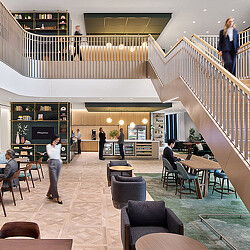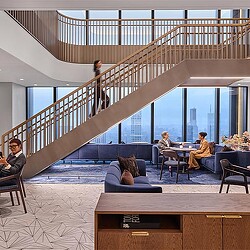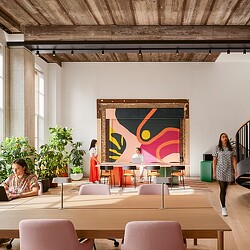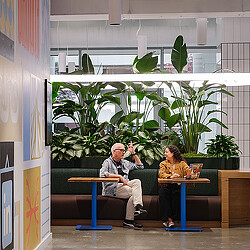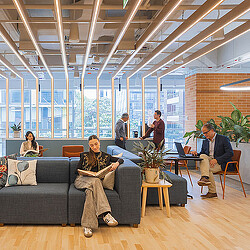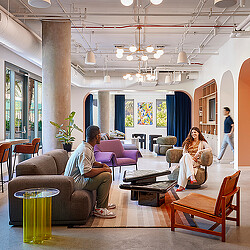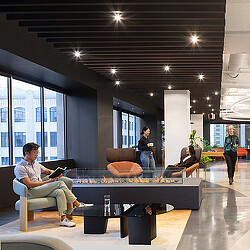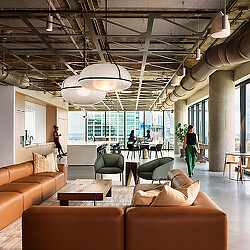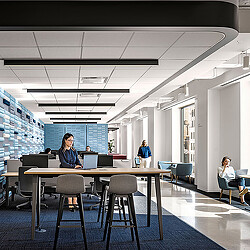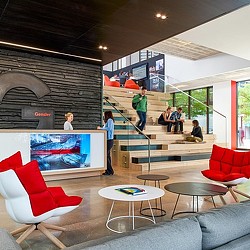Designing Workplaces That Work — With Your People
When employees are involved in the planning and design process, the workspaces we create are more effective, engaging, and human.
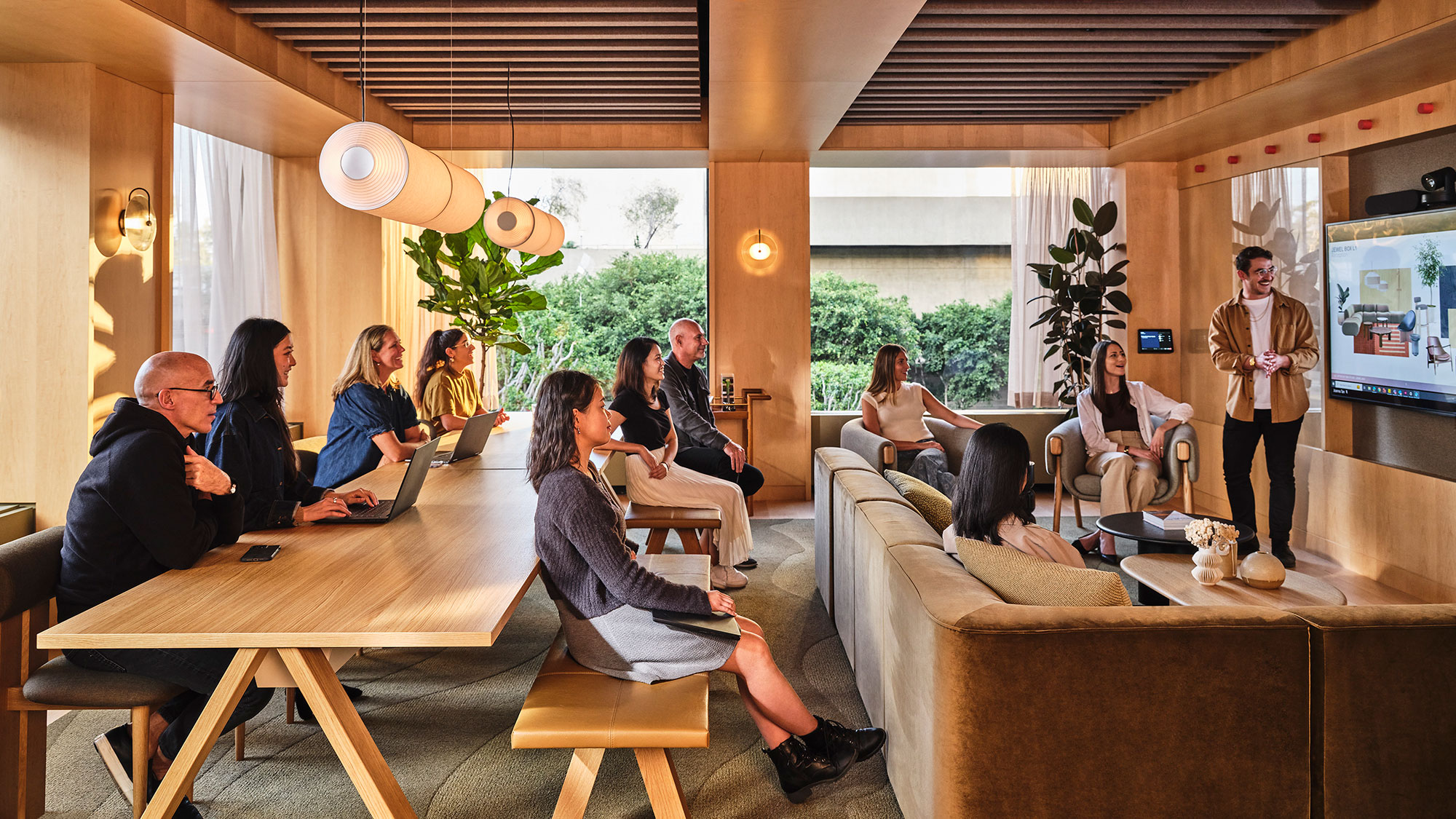
Note: This is the sixth blog of a series unpacking the detailed findings of Gensler’s Global Workplace Survey 2025. Read part one, part two, part three, part four and part five.
Think back to the last time your office was remodeled or redesigned. Did it feel like a transformation — or just a change you had no say in? Was it a top-down decision made by leadership — or did employees have a voice?
Too often, workplace design decisions are made without meaningful input from the people who use the space every day. In an era where employee experience is paramount, this failure to engage the workplace’s core constituents is more than a missed opportunity — it’s a design flaw.
Key takeaways:
- Only 21% of global office workers who recently had an office update felt meaningfully included in recent workplace design decisions, highlighting a major gap in employee engagement.
- Employee involvement in design leads to better access to critical workspaces and greater choice in where to work, improving overall usability.
- Inclusion may boost workplace performance and experience scores, especially for non-leadership roles like administrative and technical staff.
- Organizations can foster inclusion through surveys, focus groups, advisory boards, workshops, and feedback loops, making redesigns more collaborative and effective.
The Disconnect: Most Employees Feel Left Out of the Planning/Design Process
Gensler’s 2025 Global Workplace Survey — which gathered insights from 16,800 office workers across 15 countries and 10 industries — reveals a striking gap:
- Only 30% of global office workers say their office was updated in the last three years.
- Of those, just 21% felt meaningfully included in the process.
- Meanwhile, 29% felt not included at all or only a little.
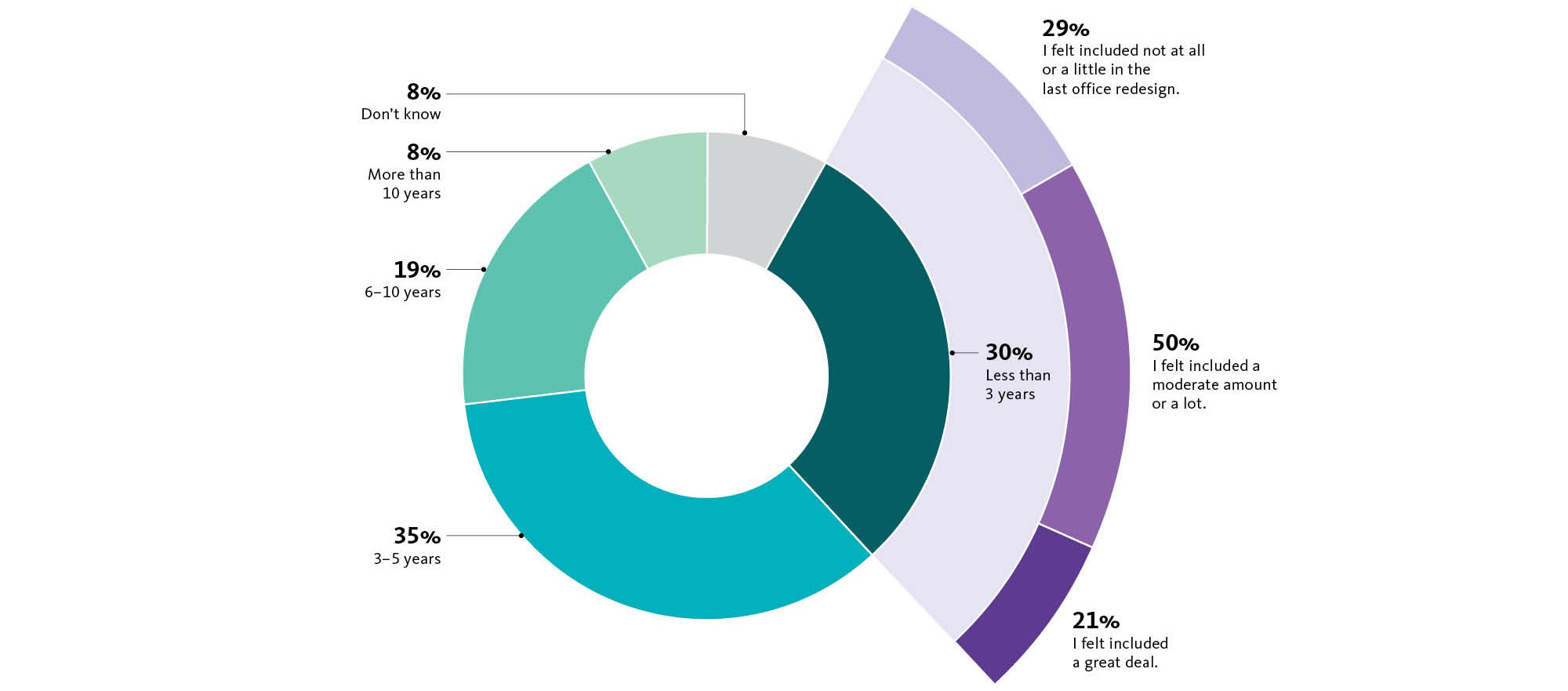
Despite the growing emphasis on employee engagement, most office workers report not feeling they were meaningfully involved in the planning/design of their workplace environment. This lack of involvement can lead to design solutions that are at odds with an organization’s culture and workflows, leading to workplace dissatisfaction, disengagement, underutilized spaces, and missed chances to create environments that truly support how people work.
Actively engaging employees allows the design team to base decisions not just on benchmarks or best practices, but on a deep foundational understanding of an organization, its unique culture, its people, how they work today, and how they might work better tomorrow.
Employee Involvement Is Related to Better Spaces
When employees are involved in the design process, they report better access to spaces for critical work activities — and the more involved they are, the more their access improves.
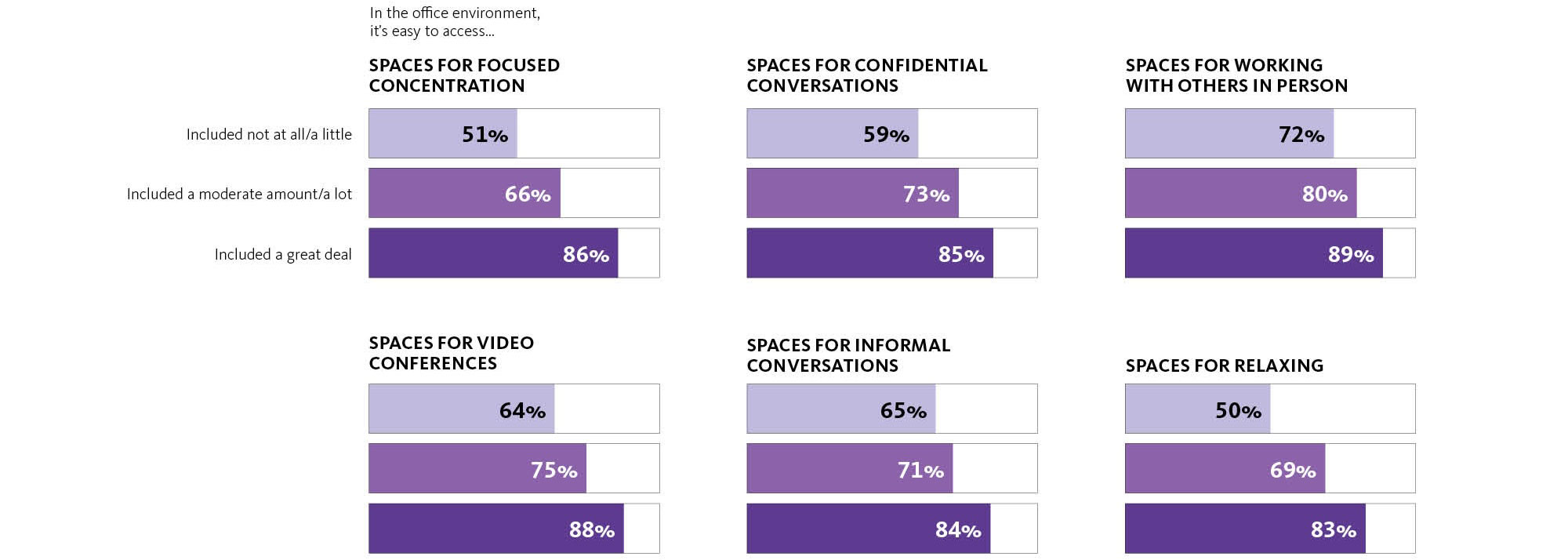
In fact, those who feel meaningfully involved in the planning or design also report having greater choice in where they work within the office. Inclusion doesn’t just improve the workplace — it empowers people to use it more effectively.
Inclusion Drives Workplace Performance
This pattern holds true when we look at two key metrics:
- Workplace Performance Index® (WPI) – measuring space effectiveness
- Workplace Experience (EXI) – measuring how people feel about the space
Employees who feel included in the planning/design of their workplace score higher on both measures — and the more involved they are, the higher the scores.
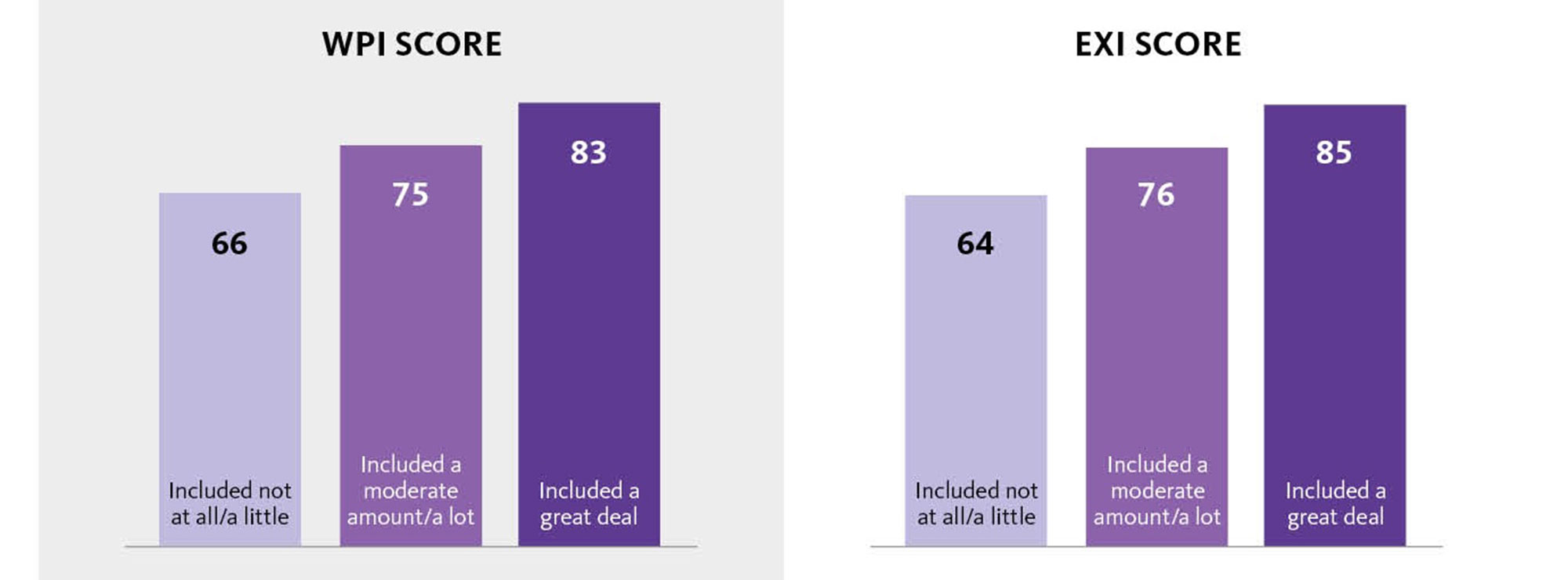
Even when accounting for a range of factors like age, tenure, company size, gender, time spent in the office, and job satisfaction, inclusion remains a strong predictor of workplace effectiveness and experience. It’s not just about engaging employees in the design/planning process, so they feel heard — it’s also about co-creating environments that help them thrive.
Including Those in Non-Senior Roles Has Even Bigger Payoffs
While senior leaders are more likely to be involved in design decisions, the link between inclusion and workplace performance is even stronger for employees in non-leadership roles. Differences in WPI and EXI scores are especially pronounced among administrative staff, technical professionals, and managers — those who often have the most to gain from inclusive design. Expanding involvement beyond leadership is a meaningful opportunity to co-create a more effective workspace and improve the workplace experience for everyone.
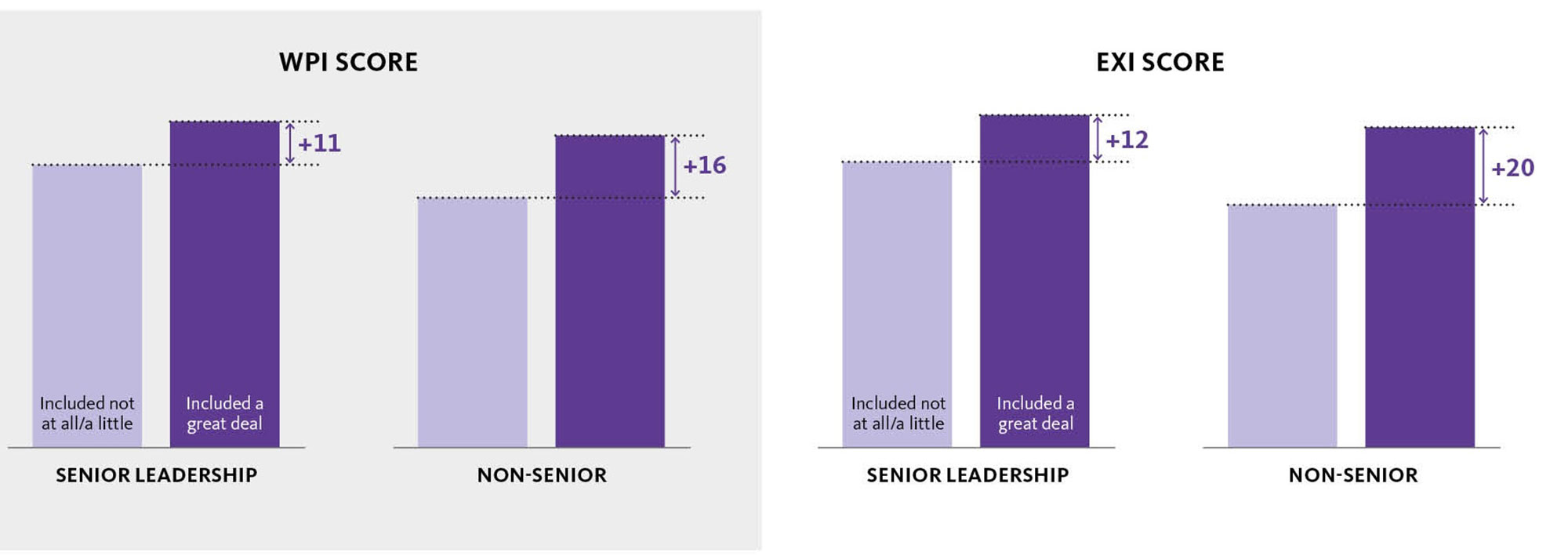
How to Involve Employees in the Design Process
So how can organizations design with — not just for — their people?
Here are a few practical strategies, grouped by purpose:
Understanding- Surveys to collect broad feedback (consider Gensler’s WPIx diagnostic tool to measure workplace performance, how employees work, and what they value)
- Focus groups to explore specific needs and pain points
- Advisory boards to represent diverse perspectives and share updates
- Workshops to deep dive into specific topics or functions
- Pilots and mock-ups to test ideas in real time
- Post-occupancy evaluations for continuous improvement
Beyond change management, active engagement is listening, iterating, and being transparent throughout the design process.
Make Your Next Redesign a Collaborative One
Designing workplaces that work starts with inclusion. When employees are part of the process, the spaces we create are more effective, more engaging, and more human.
Co-creation isn’t just a design strategy — it’s a business imperative. Design with your people — not just for them.
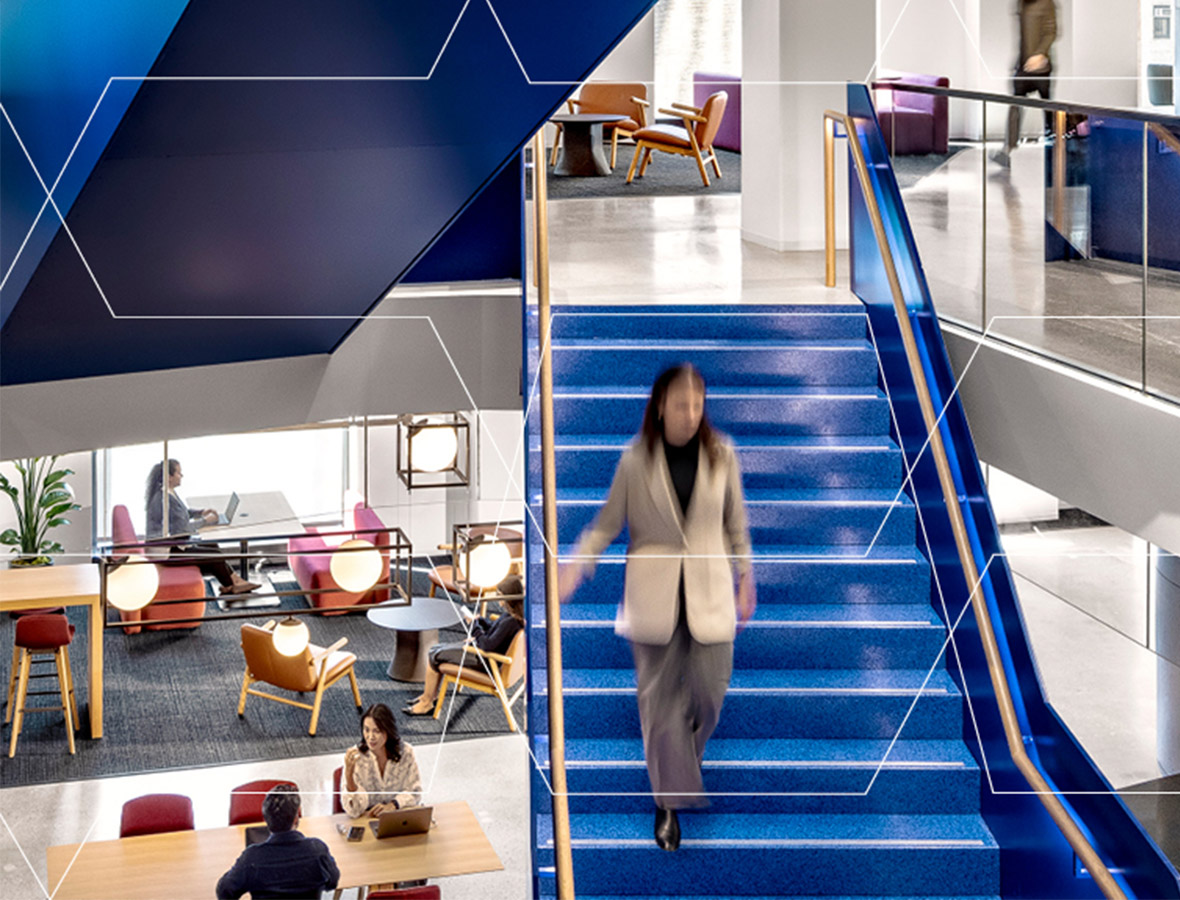
For media inquiries, email .




